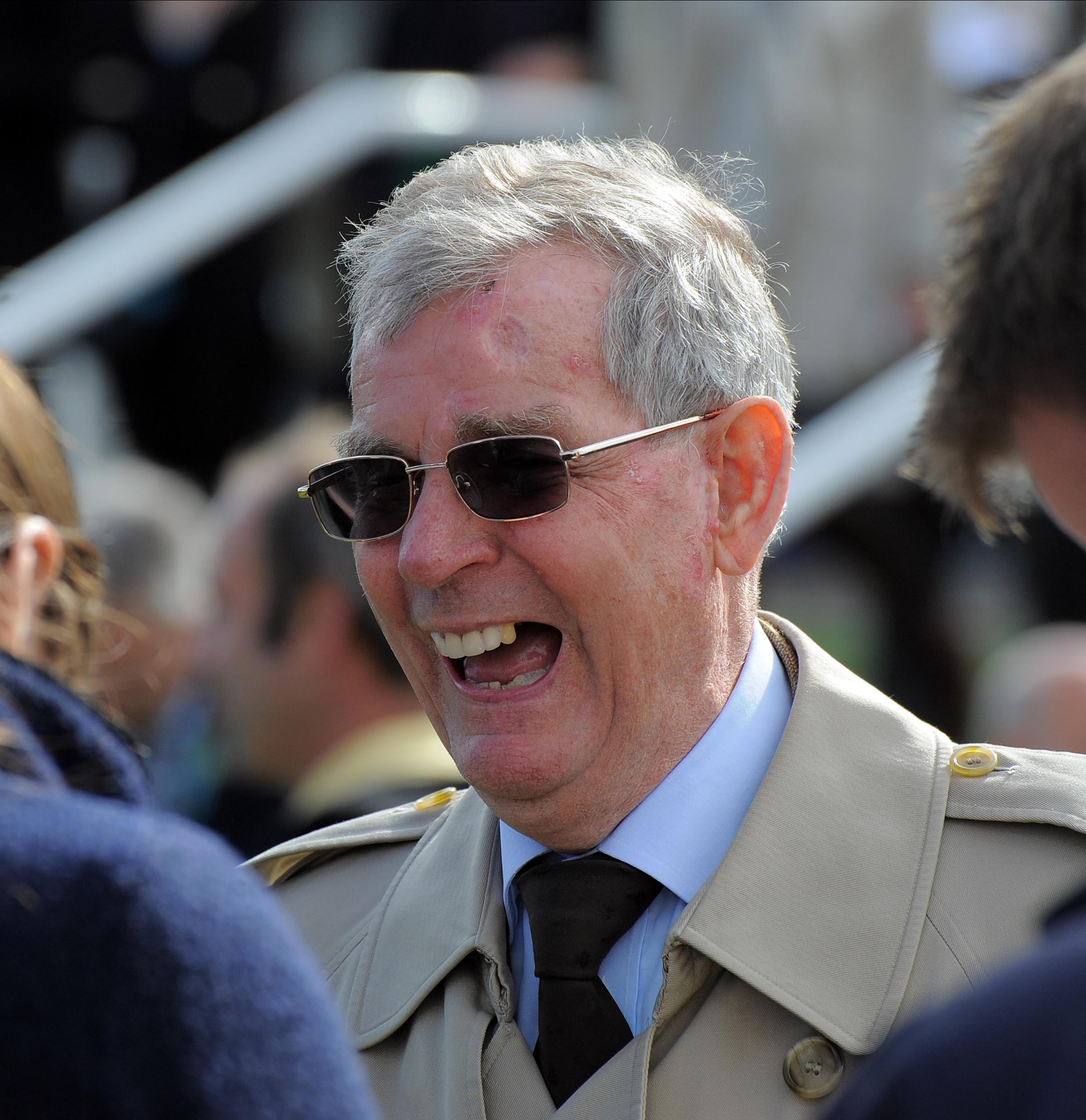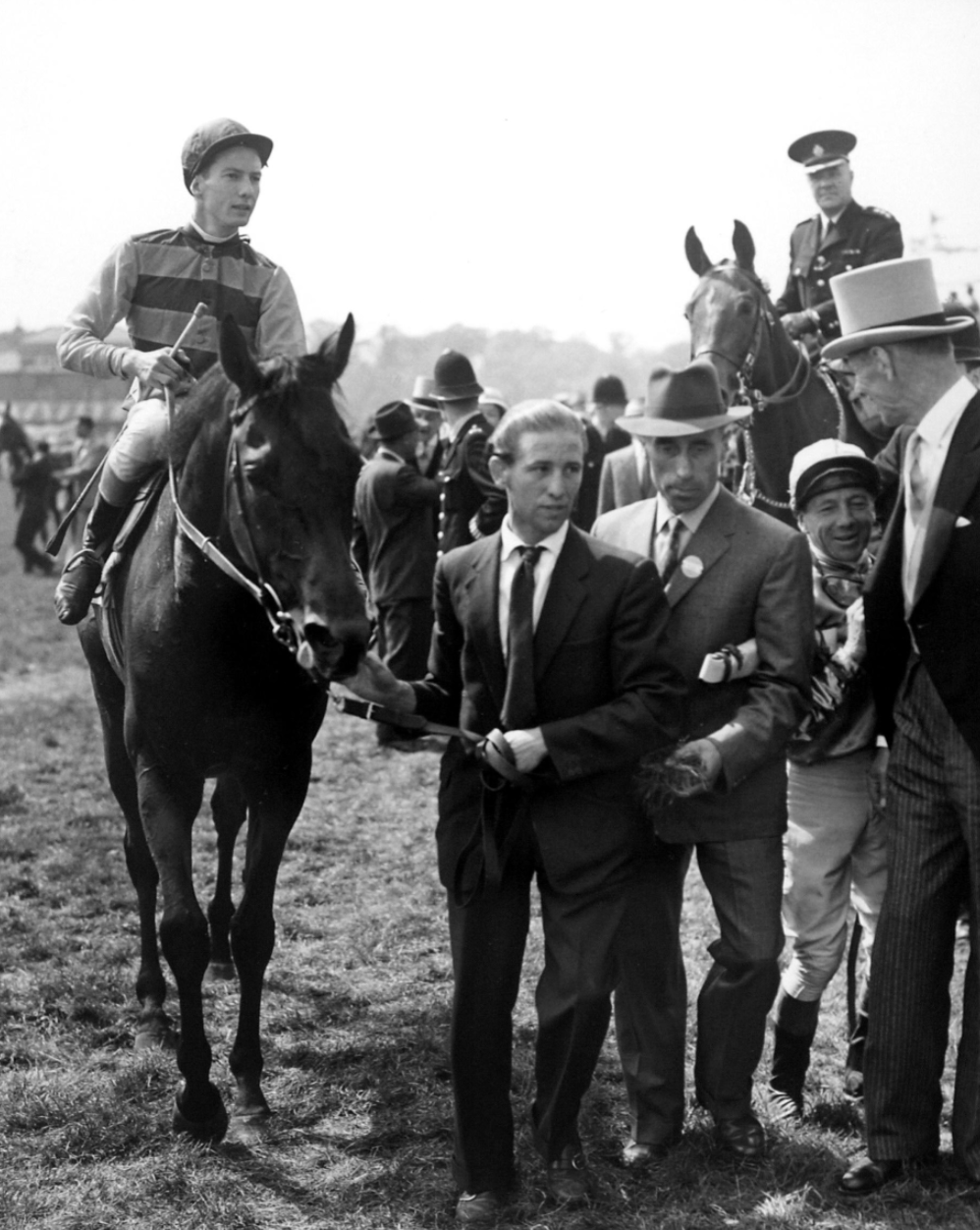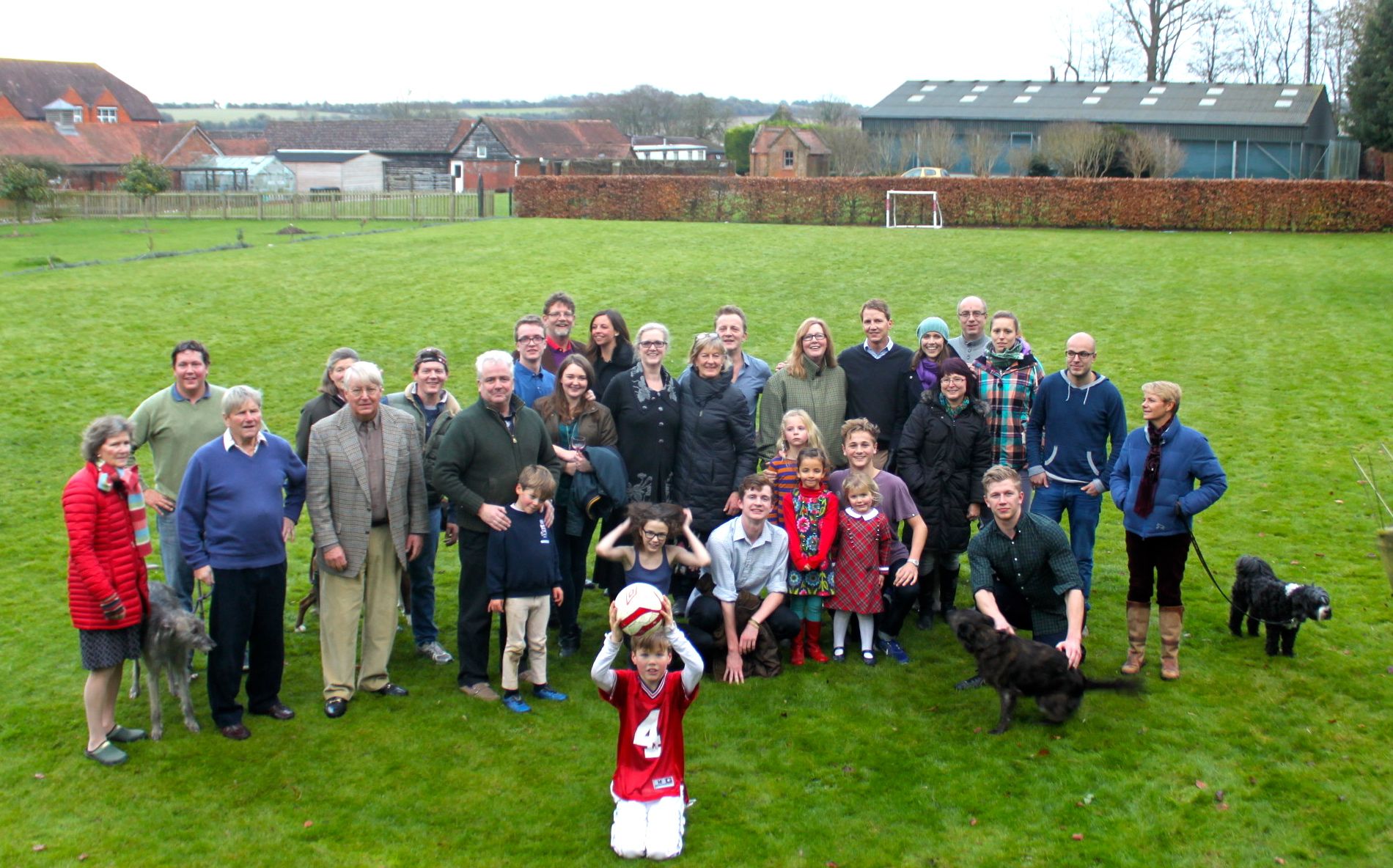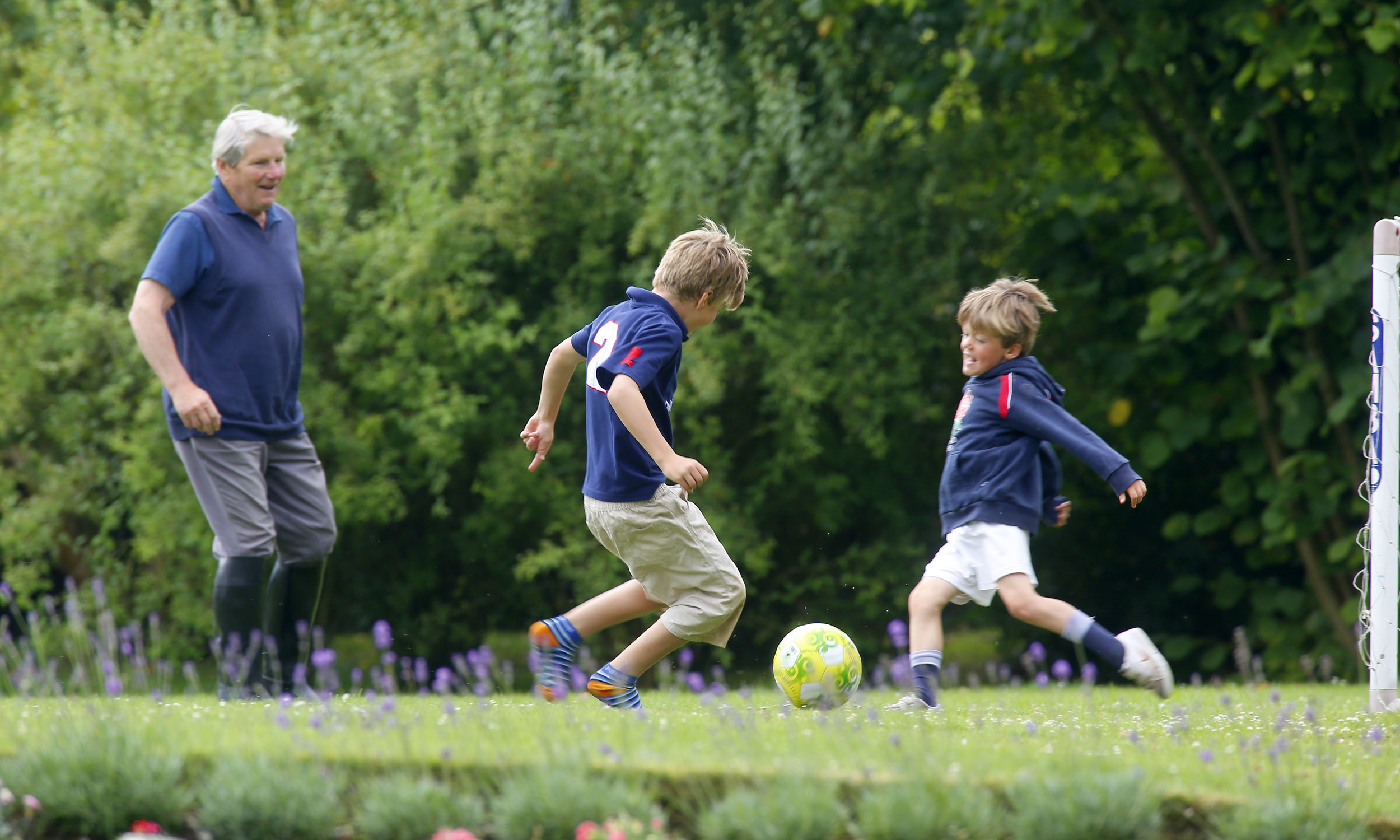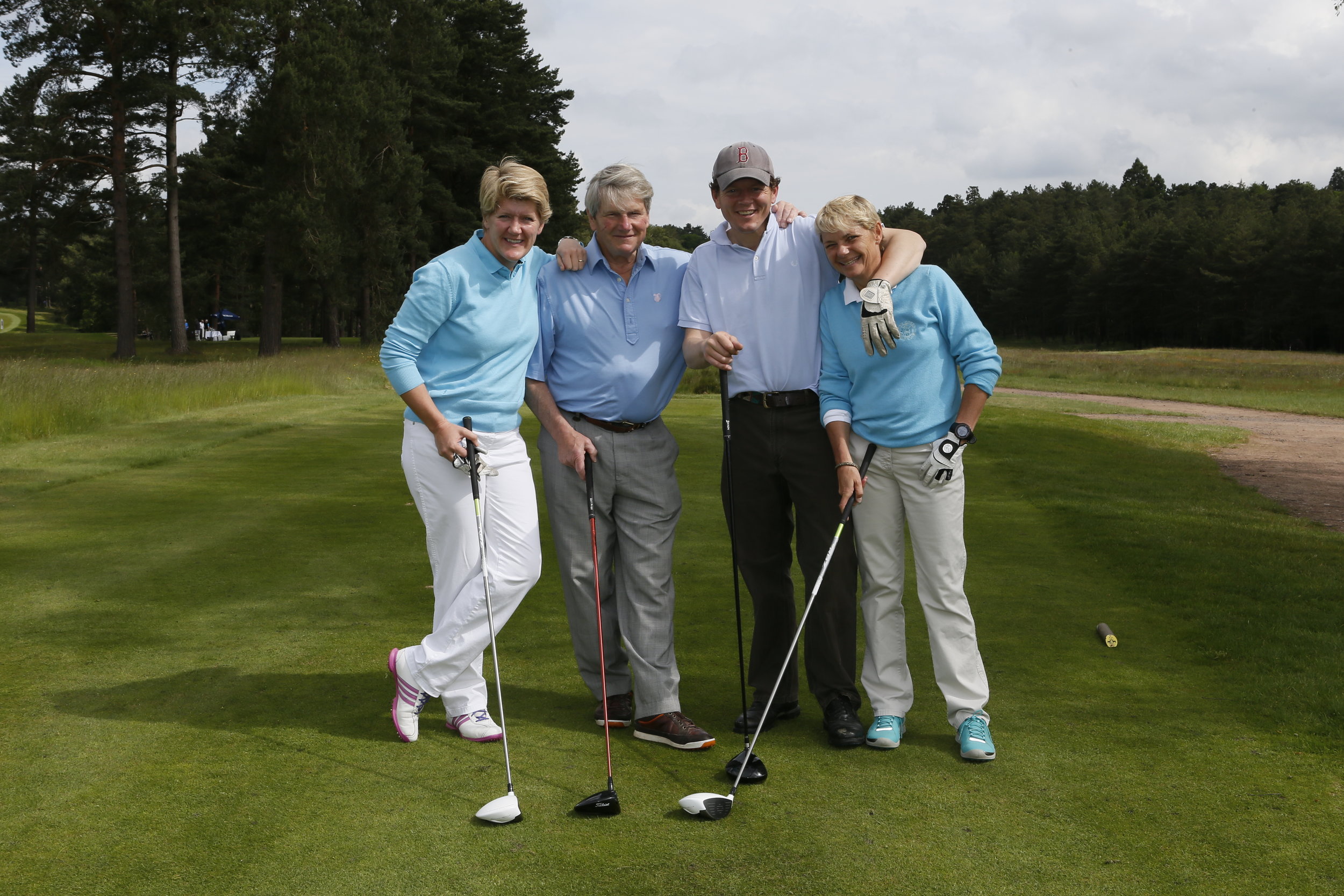Hindsight: Simon Christian
Simon Christian was a leading UK based steeplechase trainer during the late 1980’s and 1990’s. A multiple Cheltenham Festival winning trainer (with the likes of Nakir, Oregon Trail and Henry Mann), Christian now works as a bloodstock and racing advisor. This year, he joined the judging panel for the Lycetts Team Champion Award. Below he examines the major differences between the practices as his time as a trainer, as well as examining the major positive enhancements today.
Many changes have taken place since my time as a trainer in the 80’s and 90’s, and good things are happening.
It still remains the prime job of a trainer to train their horses to be fit of mind and body to win races. However, in today’s jungle of other responsibilities, achieving this is a challenge.
The three major changes that have taken place since ‘my time’ are:
Race meetings each day of the week
Racing all-year round, flat and jumping
A dependency on all-weather gallops
Increased racing has created the need for changes to staff working arrangements, and use of all-weather gallops has meant horses can be kept in work virtually throughout the year.
Veterinary skills and diagnostics have improved significantly. As ever, racing practices, rules, regulations, the nutritional aspect and range of supplements evolve, and it has always been vital to be up to speed with these.
The internet and data technology have changed our lives; entries and declarations, access to sales catalogues, keeping the workforce informed—saves time.
Many owners appreciate receiving videos of their horses at exercise, on race days, and importantly possible purchases on sales days. A telephone call every six weeks and a large drink as an apology for not keeping in contact no longer suffices. Leading owners now retain their own jockeys—some older trainers would be surprised at that—and certainly at the vastly increased number of horses in yards.
This increase in both numbers of horses and race days has led to develop very different working practices. Two lots in the morning, and three ‘do up’ at night doesn’t exist.
We all know a good relationship between trainer and staff is integral as it affects the training of the horse. This generation of workers are more interested in career development opportunities. They are willing to learn new skills, they want a work/life balance—flexible hours and increased time off. Many trainers are working on flexible working hours and time off.
Staff expect and deserve respect. They appreciate everyone in the yard being treated well and valued. Trainers are recognising good team ethos and staff engagement—some to an outstanding degree, which I saw when on the panel for the Lycetts Team Champion Award.
Positive actions include:
Effective recruitment
Appropriate induction systems
Coaching and mentoring being taken to a new level
Health and safety awareness highlighted and more qualified staff in this area
Help is available for staff welfare issues, including drink/drugs and mental health, with many understanding diversity and ethnicity. It is no coincidence that yards with good practices in place are not short staffed.
I would like to see racing and other equestrian organisations work together to introduce horses and ponies into young people’s lives to create a new generation of people who appreciate horse welfare and may make a career with horses.
Trainers are uniquely placed to showcase how well racehorses are cared for in racing stables. Together they are in the best position and have a responsibility to educate those interested and critical of horse racing.
TO READ MORE —
BUY THIS ISSUE IN PRINT OR DOWNLOAD
WHY NOT SUBSCRIBE?
DON'T MISS OUT AND SUBSCRIBE TO RECEIVE THE NEXT FOUR ISSUES!
Hindsight - Uwe Ostmann
By Peter Muhlfeit
Peter Muhlfeit spoke to Uwe Ostmann, who for four decades was a driving force in German racing, winning more than 1.600 races and who at the tender age of 78 still loves outdoor swimming and has a close eye on German racing.
You retired six years ago; how hard was it to give up racing?
It was tough for me as I was practically dealing my whole life with horses. But I live only a five-minute walk away from the racecourse and my former stable in Mulheim. I’m still in touch with the owners of Gestut Auenquelle, for whom I had plenty of success. I’m feeling well, do a lot of sport—cycling and swimming outdoors in a lake—and I watch a lot of racing. I hardly miss a racing day in Cologne.
How do you judge the current situation of German racing?
I’m actually quite optimistic that we will turn the tide, and better days are to come. If there is good weather and good racing, there are plenty of young people coming to watch the horses. But the racing clubs have to work to attract a new crowd. Cologne, Hannover and Hoppegarten are showing the way. But I realise that it is difficult to find sponsors and create the betting revenue to fund top racing.
What got you involved in racing in the first place?
I grew up in Detmold in North-Rhine-Westfalia, and there used to be a small racecourse in the Fifties. Bruno Schütz, one of our best trainers ever, did win a pony race back then. I was fascinated by the horses and wanted to do work with them. An uncle of mine helped me to get an apprenticeship with Sven von Mitzlaff when I was 15.
You learned the trade at the yard who has trained Germany’s only Triple Crown winner Konigsstuhl. What kind of man was Herr von Mitzlaff?
Herr von Mitzlaff was a really fine man—only on few occasions he raised his voice. The whole situation at the stable—we were six apprentices at the time—was very homely. We were raised and educated in a very good way...something that helps and stays with you your whole life.
Von Mitzlaff did win the German Derby seven times. You landed the Derby once—1988 with Luigi, ridden by Walter Swinburn. Was this the biggest moment of your training career?
Yes of course, despite the fact I trained plenty of other great horses. But a Derby win really puts you on the map, in the late Eighties even more so as the media attention was much bigger than it is now. And it was particular sweet for us that Luigi beat Alte Zeit, who was in training with me as a two-year-old and won the Preis der Winterkonigin for me. At three she raced for Hein Bollow. So I was very happy that we beat her and it wasn’t the other way round.
Gonbarda, homebred by Auenquelle, probably was the best filly you ever trained. She won two Gp1 races. What was so special about her?
She had real stamina and a big fighting heart. And even though she was a Lando-offspring she did not need any particular ground. She won the Gp1 Preis von Europa on soft ground. Gonbarda then was sold for big money to Darley Stud. Unfortunately she did not race again but produced some really good horses like the Champion Stakes and Lockinge Stakes winner Farhh.
You had a reputation of being particularly successful with two-year-olds. What was your secret?
I don’t have a secret, but I guess I trusted the good horses to go out early. Mandelbaum, who was unbeaten at two and three years, or Turfkonig, winner of eight Group races, were out three times at two, and it didn’t hurt their career. Today I feel that some trainers are a bit too timid in this respect.
How do you rate the current crop?
Noble Moon, winner of the Preis des Winterfavoriten, is well bred. Sea The Moon has done very well with his first year, and I’m convinced that there will be some good stayers out there by him. I’m anyway amazed that German breeding still manages to produce top horses on a regular basis despite its small base and the fact that we are selling plenty of our best horses abroad.
TO READ MORE —
BUY THIS ISSUE IN PRINT OR DOWNLOAD
WHY NOT SUBSCRIBE?
DON'T MISS OUT AND SUBSCRIBE TO RECEIVE THE NEXT FOUR ISSUES!
Hindsight - Ian Balding
By Oscar Yeadon
Although it’s now been more than 15 years since Ian Balding handed over his training licence to his son Andrew, he remains an active team member at Park House Stables. The former champion trainer will turn 80 later this year but continues to ride an ex-racehorse on a daily basis, still pursuing a passion which could have led him down a different career path but for some timely advice.
“I loved riding jumpers and wanted to concentrate on that, but I very nearly didn’t take up the chance to train until Prince Philip talked me out of it. I was staying with my then future mother-in-law, Priscilla Hastings-Bass. At dinner, Prince Philip said to me, ‘It’s important that young people take their golden opportunities, as this is what made our country great!’”
Balding became a trainer through the death of the then-trainer at Park House Stables, Peter Hastings-Bass. Park House Stables was patronised by some of the sport’s most influential owners, and Balding found himself in charge of one of the country’s most powerful strings.
“It was 1964 and I was 25 and had been assistant trainer for only three months. At that time, the Jockey Club wouldn’t allow ladies to hold a trainer’s licence, so following Peter’s tragic death at only 43, Priscilla couldn’t take over. The Jockey Club wouldn’t let me train professionally and ride as an amateur, but they made an allowance to accommodate so I could still ride horses that I owned myself.
“I think it was because I was so young that I don’t remember being daunted by the owners. I met the Queen very early on and she was lovely, very understanding and very knowledgeable.
“In becoming trainer in the circumstances I did, I was rather overwhelmed and nervous. Happily, we had a wonderful head lad in Bill Palmer, and Priscilla helped me tremendously. Thank God we had some decent owners and horses in the yard at that time.”
Just weeks into his training career, Ian Balding trained two Royal Ascot winners on the same day, which included Silly Season’s victory in the Coventry Stakes, cementing the young trainer’s relationship with the two-year-old colt’s owner, the American anglophile and philanthropist, Paul Mellon.
“I was incredibly lucky to have the two Royal Ascot winners so soon, and I think we finished second in the trainers’ championship that year.”
Owner and trainer would scale even greater heights on the racecourse with the legendary Mill Reef.
“It was clear he was special from a very early stage,” remembers Balding. “When he first came here, he went for a canter over four furlongs. Beforehand, I said to his lad, John Hallum, ‘Go at a nice sensible pace, up the hill and round the corner, and then a stride faster.’ Suddenly, Mill Reef was 10-20 lengths clear. Before I could give John an almighty b******ing on his return, he said, ‘Guv’nor, I promise you, I did just what you said…’”
Mill Reef would realise the potential shown on that spring morning at Kingsclere several times over and was crowned champion English three-year-old colt at the end of the following season, which played a large part in securing the championship for his trainer.
Balding rates his favourite memory from the period as the Gimcrack Stakes, when Mellon attended to see his horse race for the first time but heavy rain had softened the ground. After walking the track at York, Balding and jockey Geoff Lewis both felt the going was against Mill Reef.
“We had a crucial meeting with Mr Mellon outside the weighing room and he just said, ‘Let him run, I have a funny feeling that everything will be alright.’ Mill Reef skipped over the ground and won by 10 lengths.”
Balding believes that Mill Reef’s Prix de l’Arc de Triomphe win was the highlight of his three-year-old campaign. “He was the first English-trained horse to win for many years and there were so many English supporters there, wearing black and gold scarves.”
The Arc win was one of many for Balding’s string on the international racing scene, including several wins in the Grosser Preis Von Baden with sons of Mill Reef. “I loved going abroad. It was probably easier to win a Group 1 race overseas than at home, and that may still be the case now.”
At the start of the 1980s, Ian Balding was still riding competitively in amateur riders’ races and finished fourth in the 1983 Foxhunters’ aboard Ross Poldark.
“By this time I was in my mid-forties, and I think Mr Mellon and the Queen may have both felt the time had come for me to hang up my saddle. The Queen simply said to me, ‘I really think it is time you stopped riding in races.’”
As the decade progressed, Balding says the stable probably reached its zenith in the era of top-class horses such as Lochsong and Selkirk. “It all depends on having good horses and we were lucky to have those horses in our stables at the same time time, as well as owners such as Mr Mellon, George Strawbridge, and Jeff Smith.”
Away from the results on the track, one area in which Park House Stables has always excelled is in its staff development, as evidenced by its list of former apprentice jockeys, which includes the likes of the late John Matthias, David Probert, and William Buick, and the number of long-term staff working at the stables.
“I still talk to the lads at the British Racing School once a year and I cannot stress enough the importance of looking after staff, from the provision of decent accommodation to simply making time to talk to them and listen to their feelings.
Father and son, Ian and Andrew Balding
To that end, Balding is supportive of industry initiatives such as the NTF’s Team Champion Awards scheme, which recognises the contribution of stable staff.
“Anything that acknowledges the importance of stable staff is worth doing, and awards for staff are admirable.”
If staff care has remained a constant at Kingsclere, Ian Balding finds that the methods he once employed have changed.
“I used to let horses cover a bit of ground, yet Andrew rarely even goes to the Downs these days. I understand that it takes less time to get from A to B in the mornings if you have a four-furlong all-weather surface close by, and that horses are more fragile these days and rarely go flat out, but Andrew is successful so I won’t quibble!”
TO READ MORE -
BUY THIS ISSUE IN PRINT OR DOWNLOAD -
Why not subscribe?
Don't miss out and subscribe to receive the next four issues!
NEW: 'Hindsight' - Clive Brittain
Published in European Trainer - October - December 2017, issue 59
Click here to order this back issue!
In a training career spanning more than 40 years, Clive Brittain and his Carlburg Stables in Newmarket became synonymous with high-profile success in Britain and on the international racing scene.
Clive’s lengthy resume of top-flight wins includes six British Classics and overseas triumphs in the Breeders’ Cup Turf and Japan Cup, achieved by horses such as the legendary Pebbles, User Friendly, Jupiter Island and Warrsan.
Two years on from his retirement, Clive reflects on the pivotal moments and people in his amazing career.
During your time with Sir Noel Murless, you were part of the move from Beckhampton Stables to Newmarket, which has been your home for more than 60 years. What are your memories of working for Sir Noel Murless and what changes have you seen in Newmarket in this time?
“Sir Noel was a very good boss, a very fair man, and never changed. I started out as an apprentice jockey, but I made a very good stable man and went with Sir Noel and the team to Warren Place. At the time, the stable held around 70 horses, which was a lot in those days, as most of established trainers would have around 50 horses with Geoffrey Brooke possibly having around 60, most of which were two-year-olds.
“Sir Noel later became the first trainer to have more than 100 horses, but numbers today for the larger trainers are typically well over 150 horses per trainer. We later had 160 horses between two yards, Carlburg and one at Stetchworth, on Bill Gredley’s estate, of around 30 boxes.”
You achieved notable success with long-priced runners in the big races (such as Terimon's second in the 1989 Derby at 500/1). What do you think of the BHA's recent decision to put a minimum qualifying rating of 80 on contenders for the Group 1 races for three-year-olds and upwards?
